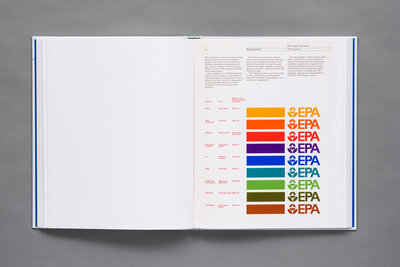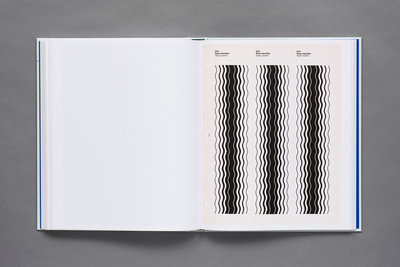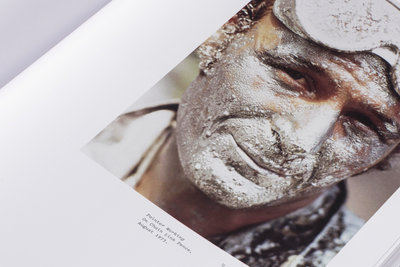Copyright
United States Environmental Protection Agency Graphic Standards System © United States Environmental Protection Agency.
EPA logotype © United States Environmental Protection Agency.
While EPA is the source of the Manual, the publication and distribution of the United States Environmental Protection Agency Graphic Standards System is not sponsored or endorsed by EPA and is an independent project undertaken in an effort to preserve and disseminate an archival record of graphic design from the era.
All images of the United States Environmental Protection Agency Graphic Standards System have been scanned from the private collection of Steff Geissbühler and Chermayeff & Geismar & Haviv.
Documerica photographs © The U.S. National Archive.
Credits
Foreword by Tom Geismar
Introduction by Steff Geissbühler
Essay by Christopher Bonanos
Book photography by Brian Kelley
Created by Jesse Reed & Hamish Smyth
Published by Standards Manual, 2017
ISBN
978-0-692-87830-9






















































